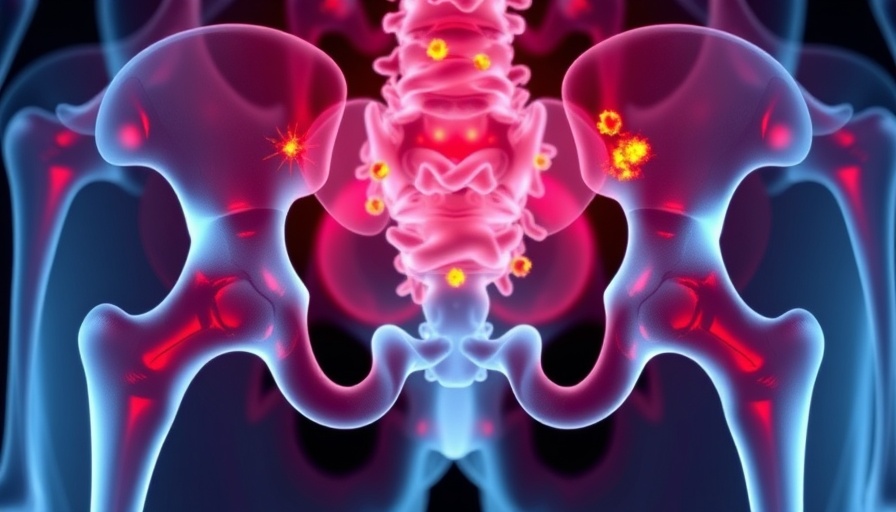
Understanding Sclerostin's Impact on Bone Disease in Mastocytosis
Mastocytosis, a rare disease characterized by an abnormal accumulation of mast cells, presents unique challenges, particularly regarding its influence on bone health. New research sheds light on the role of sclerostin, a bone turnover protein, in mastocytosis-related bone disease, an insight essential for both patients and healthcare professionals.
The Bone Implications of Mastocytosis
Mastocytosis can manifest in various forms, with systemic mastocytosis (SM) being the most severe. The disease affects about 70% of patients with bone involvement, leading to conditions such as osteopenia and osteoporosis. Interestingly, patients often present with osteosclerotic and osteolytic lesions in the spine and long bones, yet the underlying mechanisms remain poorly understood.
What is Sclerostin?
Sclerostin is produced primarily by osteocytes and is pivotal in bone remodeling. Its function in inhibiting osteoblastic bone formation is crucial in understanding why patients with mastocytosis showcase varying degrees of bone density. Elevated sclerostin levels in patients with SM raised questions about its association with disease severity.
Research Highlights: Findings from Recent Studies
A recent study involving 39 patients diagnosed with different forms of mastocytosis found that neoplastic mast cells could secrete sclerostin. Further analysis indicated that as the disease advanced, so did the levels of sclerostin. For physicians, these findings suggest that measuring sclerostin could help track disease progression, providing an important marker for patient management.
Sclerostin as a Potential Biomarker
The study revealed a significant correlation between sclerostin concentrations and other bone remodeling markers such as alkaline phosphatase (ALP) and interleukin-6 (IL-6). It suggests that elevated sclerostin levels could indicate not only the presence of mastocytosis but also its aggressiveness.
Implications for Treatment and Patient Monitoring
Understanding the role of sclerostin in this context opens avenues for therapeutic interventions. If sclerostin levels correlate with disease severity, monitoring its concentration could become an integral part of clinical evaluations for patients with mastocytosis.
The Need for Future Research
While the current findings are promising, additional research is critical. Future studies should focus on the functional role of sclerostin in mastocytosis to determine if targeting this protein could ameliorate bone disease in affected patients.
Concluding Thoughts
As we dive deeper into the role of sclerostin and the bone implications of mastocytosis, one thing is clear: advancements in our understanding of these connections can greatly enhance treatment approaches and improve patient outcomes.
In our pursuit of better health outcomes, understanding such intricate relationships between diseases and proteins like sclerostin is not just beneficial, it's essential. Keeping abreast of ongoing research can empower patients and healthcare providers alike to make informed decisions about treatment and care.
 Add Row
Add Row  Add
Add 




Write A Comment